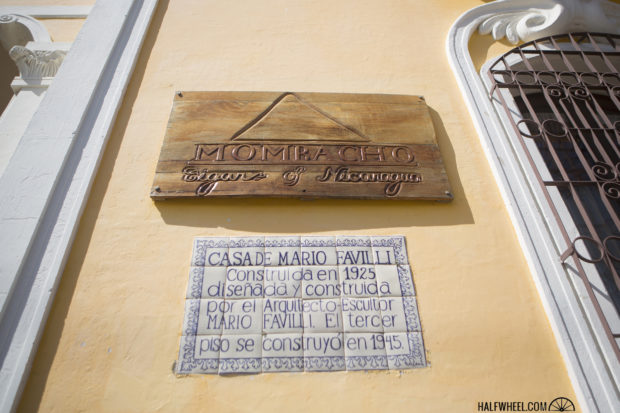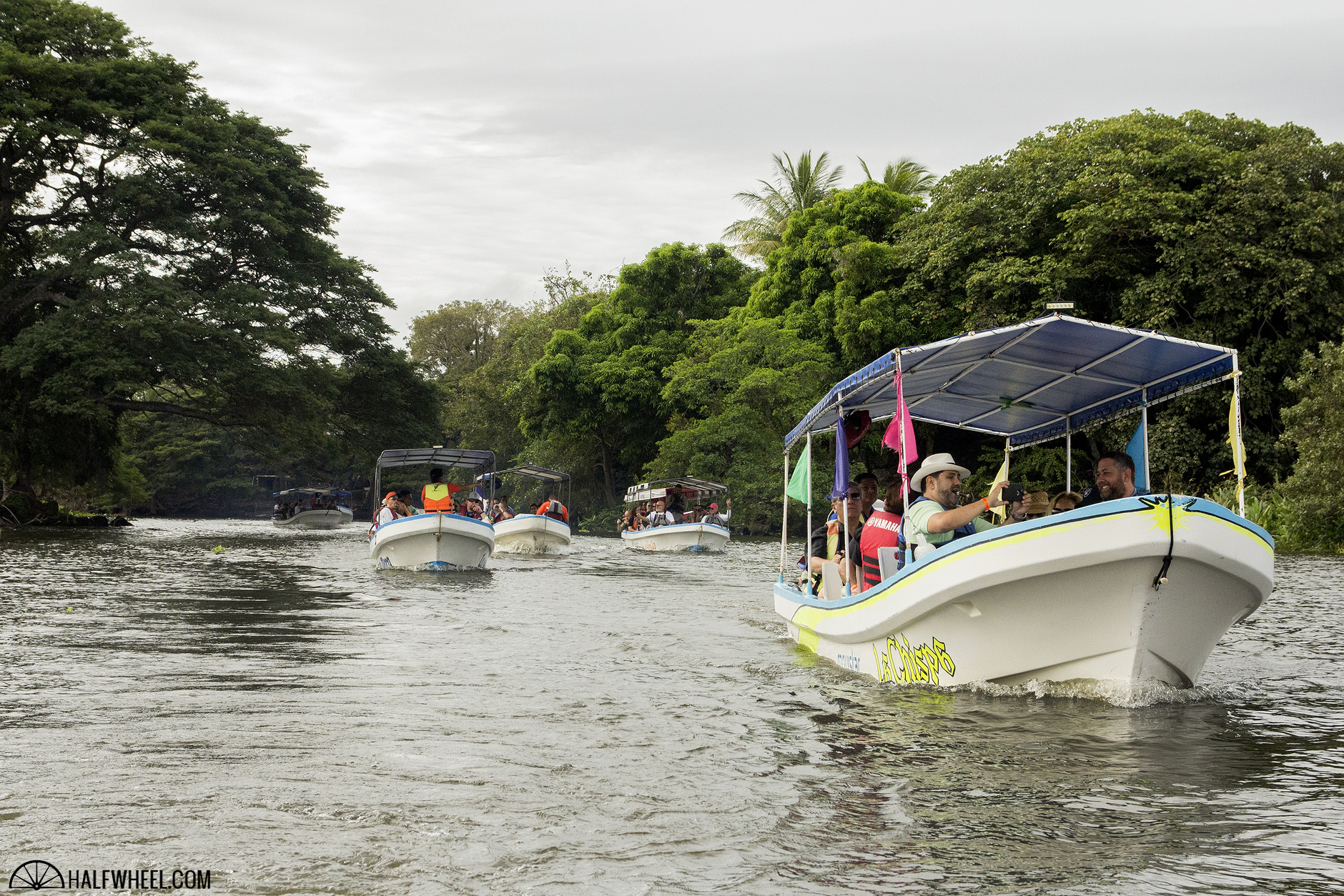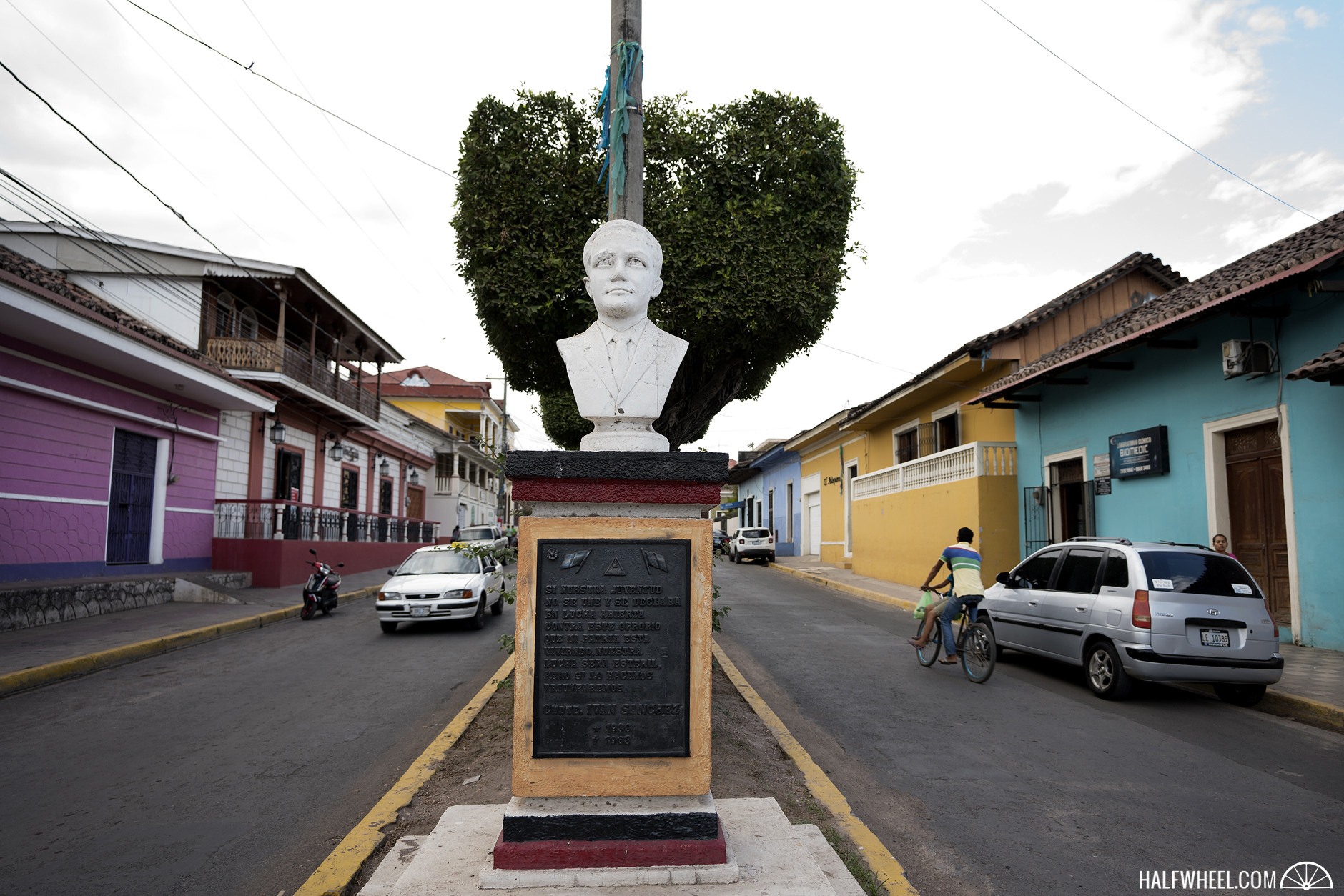Last week, Patrick Lagreid and I went to the Puro Sabor festival in Nicaragua. It’s the Nicaraguan cigar festival and we are providing coverage, broken up into days, of the festival.
I arrived to Managua on Sunday evening, a day before the official Puro Sabor activities were set to begin. Still, the festival representatives were waiting outside the gate in Managua to pick me and the handful of others that showed up early. Like it has done in years past, Puro Sabor is using the VIP lounge in the Managua airport.
The service is available for $30 and allows you access to the VIP lounge, which means you can sit and wait in the lounge while an agent takes your passport and goes through the immigration process and gathers your luggage. In theory, you are supposed to get two free beverages, though we had to pay for ours. Of note, the lounge does not allow smoking.
After that, we got in a small bus (or large van) and headed to Granada, about an hour away. Granada is located in the southwestern part of the country and holds the unique distinction of being the first European city settled in the Americas, founded by the Spanish in 1524.
The city retains its colonial charm and is a popular place for tourists. For cigars, Granada is home to Casa Favilli, a yellow mansion where Mombacho Cigars S.A. makes its cigars—but that’s basically it. Still, Puro Sabor has decided to visit Granada the last two years before the festival heads to Estelí.
After a much needed rest at the Hotel Antigua Estación Granada, I woke up Monday morning and headed 50 or so feet down the block to Casa Favilli.
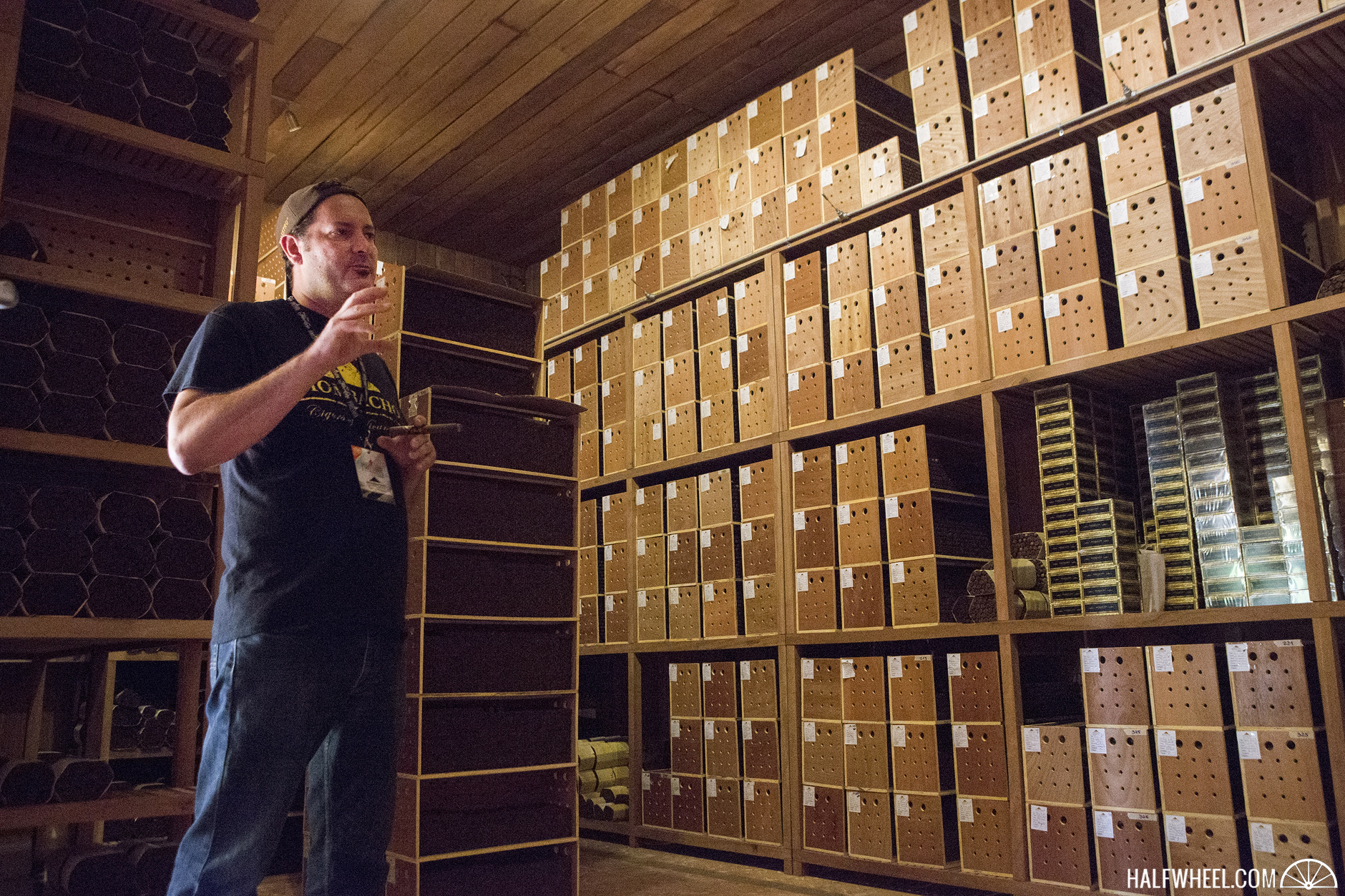
There was a lot of confusion about when the official Puro Sabor tour of Casa Favilli was supposed to be, but the two other guests staying at Antigua Estación managed to be there shortly after 9 a.m. and within an hour we were given an unofficial, official tour.
Casa Favilli is one of only a few factories in Nicaragua outside Estelí. Over the last year or so, that’s become less of a rare thing, but Mombacho has been making cigars in Granada since 2006. It hasn’t always been producing cigars at Casa Favilli, that began just a few years ago in late 2014. Claudio Sgroi, the company’s master blender, admits that there’s a noticeable difference between the cigars made at the old factory and Casa Favilli, something that our own Patrick Lagreid seems to agree with.
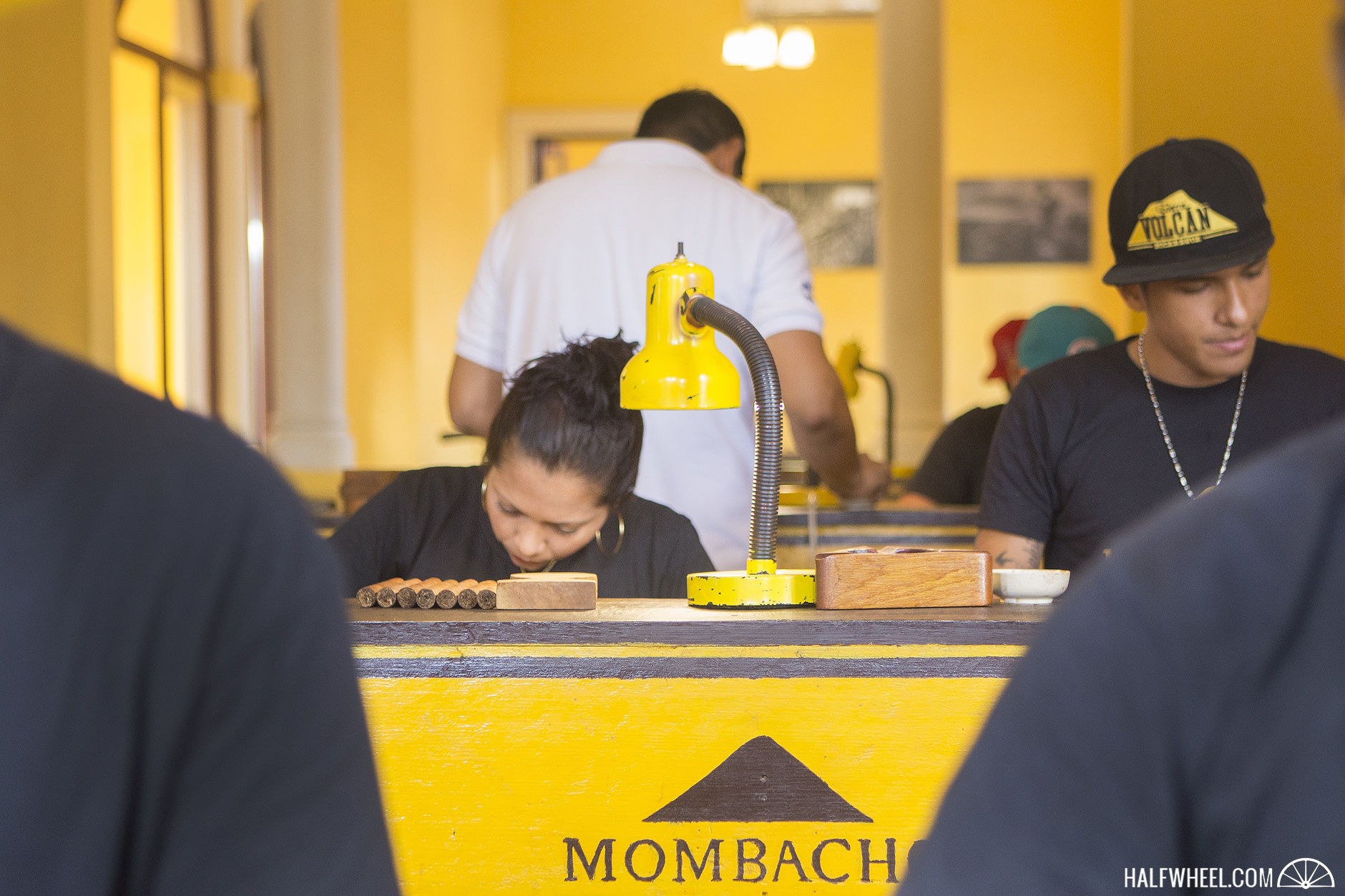
It’s a relatively small factory with a tiny rolling room where six pairs work, tobacco processing and storage, a large aging room and a lounge that includes a humidor with cigars for sale. Unlike most factories in Nicaragua, which operate in a free trade zone, Mombacho doesn’t and as such it’s allowed to sell cigars directly from the factory. The lounge was relatively busy when I was there, though it should be noted that this is during Granada’s busy season for tourists.
Tours are available for $10 with an additional $5 charge if you want to learn how to roll your own cigars. As part of the festival, tours were offered to all attendees with a tasting seminar held on the roof by Sgroi.
Because it operates in a converted mansion, there’s a lot of interesting nooks and crannies throughout all used for different parts of the rolling operation. Sgroi detailed the long struggles of trying to get pressurized water in the building, something that took a few engineers and some non-engineers to finally figure out. Even after an extensive remodel, there are issues that remain and other annoyances when it comes to resolving them. Mombacho has plans to renovate parts of the roof, which is the tallest observation point in the city, into a rooftop lounge, something that required special permission from the city.
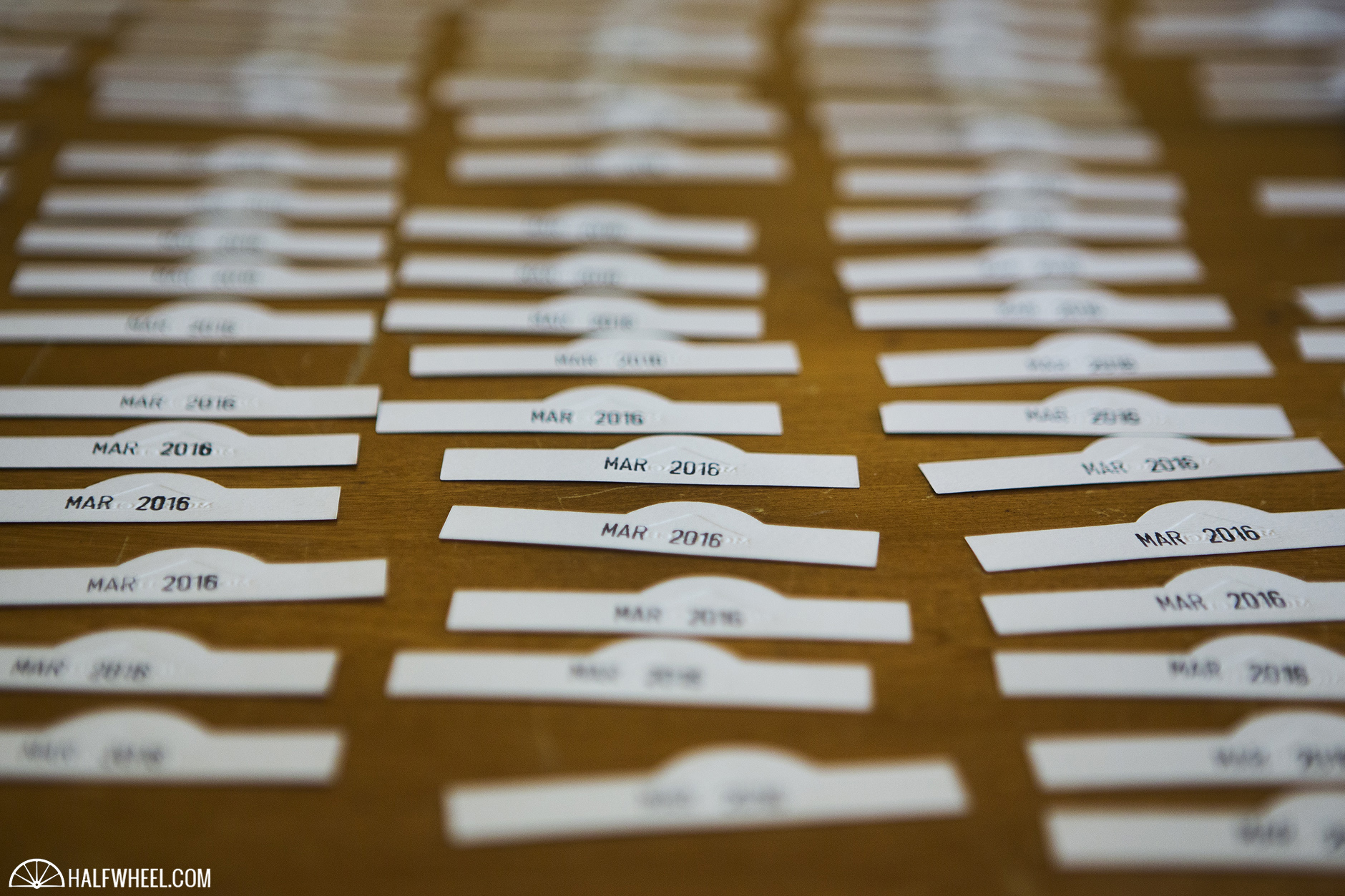
After the tour, a few of us headed to Restaurante El Zaguan, a grill restaurant specializing in steaks. It was very good, similar to Pullasos Ole in Estelí. After that, I headed back to Casa Favilli to use the wi-fi, which was far better than what was offered at the hotel, and get some work done.
By then, others attending Puro Sabor began arriving including Patrick Lagreid. After a couple more hours, more cigars and a few Toñas, Nicaragua’s famously-light beer, RoMa Craft Tobac’s Skip Martin and Michael Rosales walked in and we made plans to head to Charly’s, a German restaurant run by an ex-pat. It was good, probably the best sauerkraut I’ve had outside of Germany, something I wouldn’t have guessed would be a likelihood in Nicaragua. One thing I was amused by in Granada, the comical restroom signs at a lot of the restaurants.
We then made a short visit to BuBu Hotel, an extremely nice hotel that the RoMa Craft crew were staying in. Unfortunately, the hotel isn’t open to the public at the moment, but hopefully that changes soon as I would highly recommend staying there.
Monday was certainly a bit chaotic, but I think it worked. It’s tough to organize an arrival day, particularly when there are people arriving all over a 24-hour period. The one thing that would have been nice would have been an organized dinner on Monday night. People certainly found their way to Charly’s and Restaurante Ciudad Lounge, another great restaurant (and cigar bar) in Granada, however it definitely didn’t feel like Puro Sabor had officially started by the end of Monday.
Disclosure: Puro Sabor paid for our registration and lodging, we paid for our airfare.

